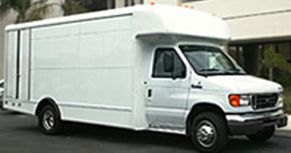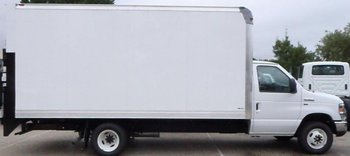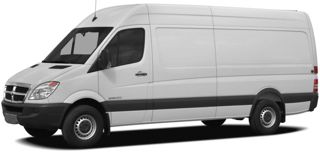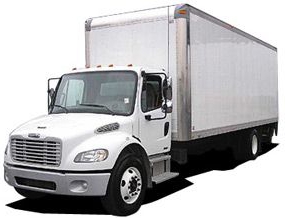Vehicles are an important part of the cryonics infrastructure. The primary cryonics vehicle is the one that initially picks the patient up. This vehicle has been called by many names over the years including ambulance, rescue vehicle, mobile operating room vehicle, and transport vehicle. We simply refer to ours as the Vehicle or the truck.
Required features:
-Passthrough between cab and the back
-Hydraulic lift
-Headroom to stand
-Lighting
Strongly recommended features:
-Side door
-Extra length (16'+) and height (7'+)
-Gasoline rather than diesel
-Air conditioning, front and back
Additional desirable features:
-Generator
-Battery backup
-Access to both sides of patient
-Water for handwashing
-Suction
-Simple sleeping accomodations
-Microwave & refrigerator
-Extended fuel range
-Upgraded or second alternator
-Second vehicle battery
Examples
Suspended Animation Florida vehicle, built on a shuttlebus platform, a 2006 Ford Starcraft 6.8L V10. It contains all the essential elements, including a lift, a generator, water for handwashing, A/C, and suction.

Cutway box trucks are a useful platform, similar to the shuttlebus platform. Weight limitations have been an issue in the past.

Suspended Animation Southern California vehicle, a Sprinter platform, is a bit small, but still has the essential features.

Truck Rentals
Sometimes, a truck must be rented to serve as either the primary vehicle or as a secondary support vehicle.
Vans are readily available, but very small.

Box trucks are useful. A lift is better than a ramp. Lack of communication with the cab is a problem.

Other Support Vehicles
Passenger vehicles can be useful for running errands and moving people.
RVs can be useful for providing living space for people on extended standby.
Regulations
DOT has a number of requirements that we must comply with, mostly for interstate travel. That is organized in our Wiki.
Maximum width limit for trucks is 8'-6" (102"), not including protruding devices such as rearview mirrors.
Maximum height varies by state, but generally ranges from 13'-6" to 14'.
Oregon 14'
California 14'
Washington 14'
Arizona 14' interstate, 13'-6" secondary roads
